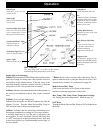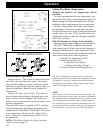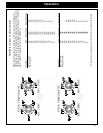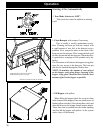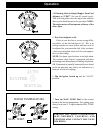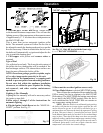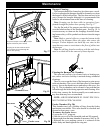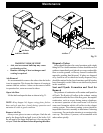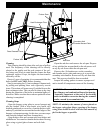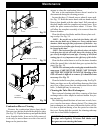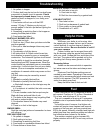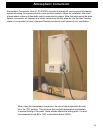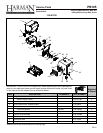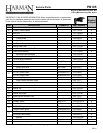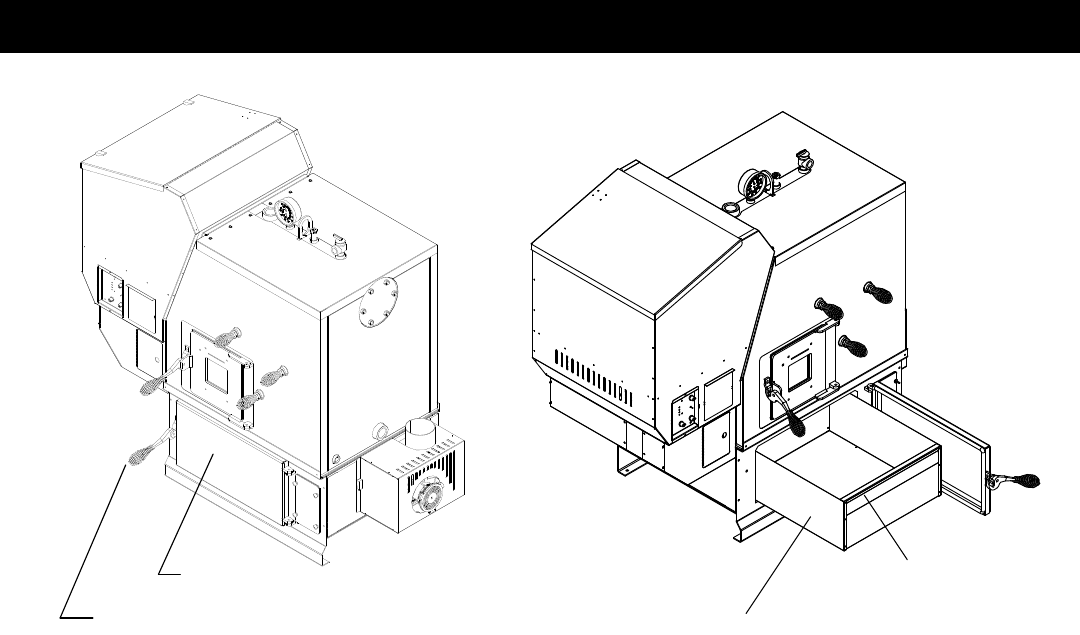
31
Ash Removal
It is recommended to remove the ashes when the boiler
is not in operation. This lessens the chances of coming in
contact with hot surfaces. Ashes can be removed while
in operation but, extra care must be taken.
Open Ash Door
Lift the latch and open the door as shown in g. 21.
Disposal of Ashes
Ashes should be placed in a steel container with a tight
tting lid. The closed container of ashes should be moved
outdoors immediately and placed on a non-combustible
oor or on the ground, well away from all combustible
materials, pending nal disposal. If ashes are disposed
of by burial in soil or otherwise locally dispersed, they
should be retained in the closed container until all cinders
have thoroughly cooled. Other waste shall not be placed
in this container.
Soot and Flyash: Formation and Need for
Removal
The products of combustion will contain small particles
of yash. The yash will collect in the exhaust venting
system and restrict the ow of the ue gases. Incomplete
combustion, such as occurs during startup, shutdown,
or incorrect operation of the room heater will lead to
some soot formation which will collect in the exhaust
venting system. The exhaust venting system should be
inspected at least twice monthly to determine if cleaning
is necessary. Pay particular attention to screening in the
vent cap. The screen, if present, will accumulate with
ashes rather quickly.
Remove Ash Pan
Always wear gloves to remove ash pan. Grab the ash
pan by the nger hold and pull it out of the boiler. Lift
the ash pan by the nger hold and use it for carrying the
ash pan. Close the ash door before disposing the ashes.
Fig. 21
NOTE: Keep hopper lid, hopper swing plate, rebox
door and ash pan door closed during operation and
maintain all seals in good condition.
Ash Door Handle
Ash Door
Ash Pan
Ash Pan Handle
WARNING! RISK OF FIRE!
• Ash, soot or creosote build-up may cause
overheating or re.
• Routine cleaning of heat exchangers and
venting is required.



